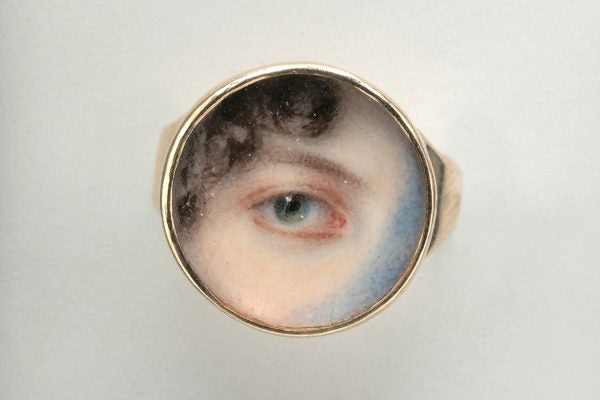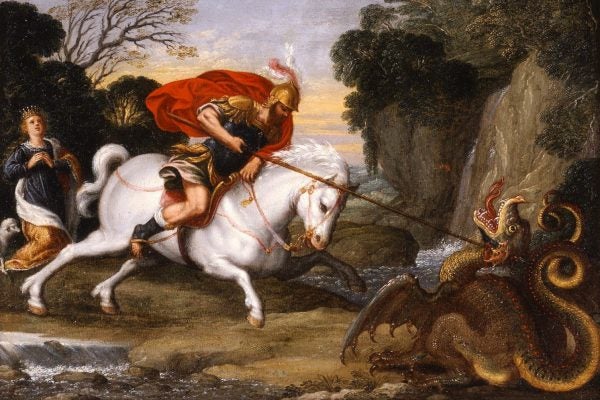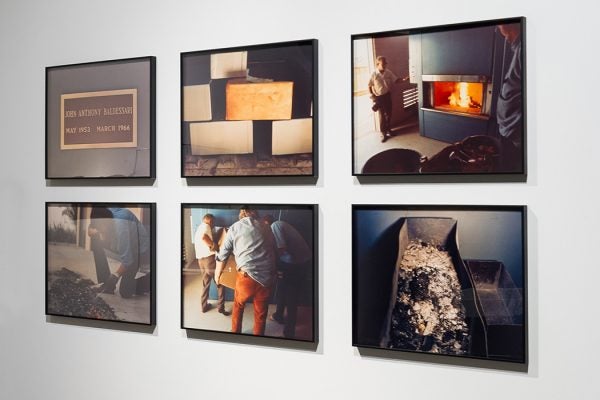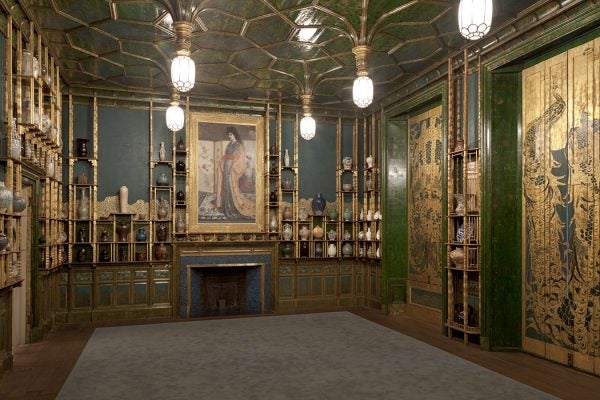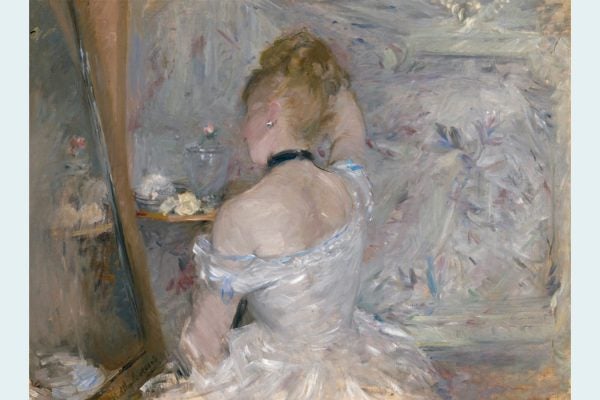18th-Century Lovers Exchanged Portraits of Their Eyes
The miniature paintings celebrated and commemorated love at a time when public expressions of affection were uncouth.
P.S., Mushrooms Are Extremely Beautiful
American mycologist Violetta White Delafield painted over 600 stunning watercolors of mushrooms as part of her fieldwork. Here they are in all their glory.
How the Rothko Chapel Creates Spiritual Space
Fourteen colossal black paintings by the modern artist Mark Rothko are installed in an octagonal room in Texas. Visitors say the chapel brings them peace.
How Saint George’s Dragon Got Its Wings
As time went on, the dragons in Russian iconography slowly became more Western in style—just like Russia itself.
Why John Baldessari Burned His Own Art
The artist's "Cremation Project" of 1970 marked a liberation from the tradition of painting and a step toward a more encompassing vision.
The Controversial Backstory of London’s Most Lavish Room
James McNeill Whistler created the famous "Peacock Room" for a wealthy patron. But the patron never actually wanted it.
Napoleon Bonaparte’s Personal #Brand
Napoleon didn't like sitting for portraits, and yet artists and mass market prints helped cement his legendary status.
How Impressionist Berthe Morisot Painted Women’s Lives
Berthe Morisot never became as famous as her counterparts Claude Monet and Édouard Manet, but her work has an important place in art history.
How American Artists Have Portrayed Haiti
In the early 20th century, African American artists created work that expressed solidarity with Haiti--whether they had been there or not.
This British Suffragist Used Her Art for Activism
Sylvia Pankhurst gave up painting to focus on suffrage and anti-colonialism activism, but she continued to use her design sense throughout her career.
